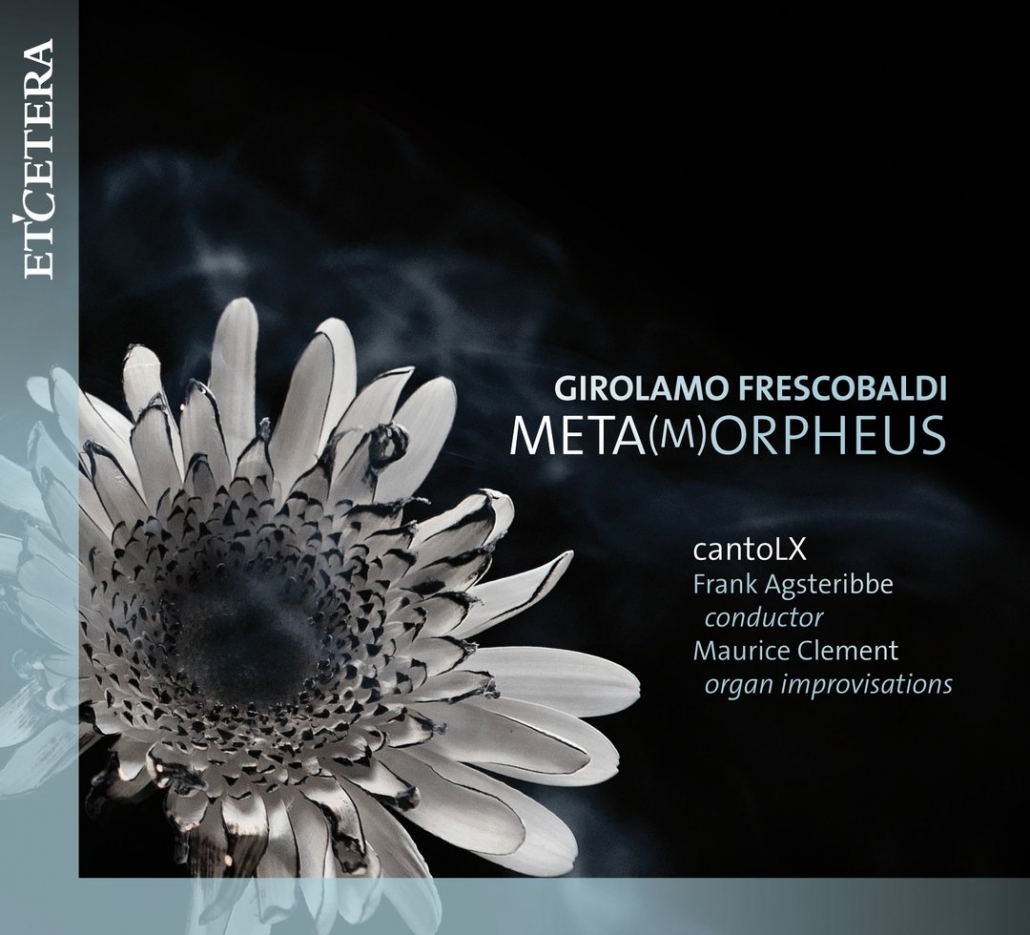CD
Antwerp Requiem c. 1650
EXUBERANT REQUIEM MASSES FROM THE ANTWERP OF RUBENS
cantoLX, B’Rock Orchesta and conductor Frank Agsteribbe present Antwerp Requiem c. 1650, an album showcasing the exceptional wealth of musical life in Antwerp in the age of Rubens. Philippus van Steelant’s recently-rediscovered Requiem settings are unique in their exuberant splendour, tied to a funerary culture that embraced the glory of life.
B’Rock Orchestra is one of today’s most forward-thinking period orchestras with a desire for encounter and exchange. The artistic leader of cantoLX, Frank Agsteribbe, was one of B’Rock’s founders, and brings the two ensembles together for this recording.
Flemish Requiem
Funeral music in the Southern Netherlands during the first half of the 18th century: Pierre-Hercule Brehy and Joseph-Hector (?) Fiocco – The first decades of the 18th century do not seem to have been a period during which polyphonic music for funeral use flourished in the Southern Netherlands. The spirit of the Counter-Reformation that had given such important impetus to sacred music from the 1600s onwards had already passed its peak; although well-off parishioners increasingly ordered sumptuous burials with matching musical adornment during the first half of the 17th century, the same urban elite showed much less interest in music for funeral use after 1650.
What is more, if we are to believe the Chapter of Onze-Lieve-Vrouwe in Antwerp, it had become fashionable to shun the traditional Catholic burial services around 1700: a stille zinking, a quiet deposition of the coffin, without any polyphonic musical accompaniment, had become the preference of a large part of the wealthy and less wealthy middle classes at that time. This development was naturally not limited to the Southern Netherlands; similar reports came from other regions of Europe during the 18th century, including from Johann Mattheson, who was free with his criticisms of ostentatious burial rituals and the pompous music that accompanied them.
Such accounts, however, cannot always account for the music from the Southern Netherlands that has survived from that period. The works on this CD illustrate how various musicians from the region, including Pierre-Hercule Brehy and Joseph-Hector(?) Fiocco, still saw a future in composing polyphonic music for funeral use. A Requiem Mass and several motets pro defunctis by Pierre-Hercule Brehy, the master of singing at the church of St-Michel et Ste-Gudule in Brussels from 1705 to 1737, have survived. A polyphonic setting of the Requiem by a certain Fiocco is to be found in the 18th century collection of music housed in the Onze-Lieve-Vrouwekathedraal in Antwerp.
Luigi Rossi – Oratorio per la Settimana Santa
The Oratorio per la Settimana Santa, which is among the very first compositions to be labelled “oratorio” in the sources, was composed in Rome in the 1640s. It was probably performed in the Oratorio di San Girolamo della Carità, where Filippo Neri held his esercizi spirituali. It appears in a manuscript source from the Barberini collection of the Vatican Library which doesn’t specify its composer – although this is usually identified as Luigi Rossi – but names Giulio Cesare Raggioli as the author of the text. Both Raggioli and Rossi worked for members of the Barberini family, who were close relations of pope Urban VIII (Maffeo Barberini), and themselves powerful patrons of music and the arts. an opera.
The Oratorio per la Settimana Santa is an oratorio volgare, meaning that the libretto is not in Latin but in Italian, and it is the earliest example of an oratorio based on the Passion of Christ. Its treatment of the Passion narrative is quite unusual, as it distances itself from the canonical gospels, adding characters like the Demons that seem to come straight out of an opera.
Luigi Rossi (Torremaggiore 1597-Rome 1653) was the pupil of the Flemish composer Giovanni de Macque, himself famous for his madrigals. From 1633 Rossi was the organist of S. Luigi dei Francesi and worked for Cardinal Antonio Barberini, writing operas, cantatas and oratorios. After the death of Urban VIII in 1644, he was invited to Paris by Cardinal Mazarin, where his opera Orfeo (1647) was a great success. His music was widely known and his style imitated throughout Europe.
Peter de Laurentiis
Meta(M)Orpheus (CD2): Frescobaldi Arie Musicali, John Cage
“There is substantial overlap between the fields of early music and contemporary music, and the performances on this release by the Luxembourgeois vocal group cantoLX and conductor Frank Agsteribbe are fully adequate. Indeed, Agsteribbe achieves a novel sound in the short songs of Frescobaldi: in contrast to the large, operatic continuo groups that have been used in this repertory, he restricts the continuo to harpsichord and theorbo. This produces a clean effect that puts the focus on the singers and remains true to the chamber uses of the music. The singers manage the extended vocal techniques in the Cage pieces without sounding like they’re treading in hostile territory.”
Review by James Manheim
Songs of Irrelevance and Passion (CD1): Frescobaldi Arie Musicali, John Cage
“Agsteribbe is leider van het ensemble van CantoLX. Een ensemble dat gevestigd is in Luxemburg. Maar zoals muzikanten nu eenmaal zijn: ze van overal. Maar dus met basis in Luxemburg. Ze zingen het vocale repertoire van Frescobaldi. Gealterneerd met solo vocale muziek van John Cage. Ook hier functioneert die muziek goed samen. Zoals in een maaltijd een sorbet even kan dienen om het verhemelte wat verfrissing te bieden, is de Cagemuziek nuttig om even de focus te verleggen.Opvallend is dat die twintigste muziek allerminst schrikbarend is. De tijden zijn duidelijk veranderd. Voorts is het een prachtig vocaal ensemble, mooie balans. Solistisch, zonder bravoure. Geheel dienstbaar aan de muziek. Een mooie combinatie.”
Lucas Huybrechts
Contact
cantoLX asbl
contact.cantolx@gmail.com
Find us on
cantoLX is supported by the Luxembourg Ministry of Culture





